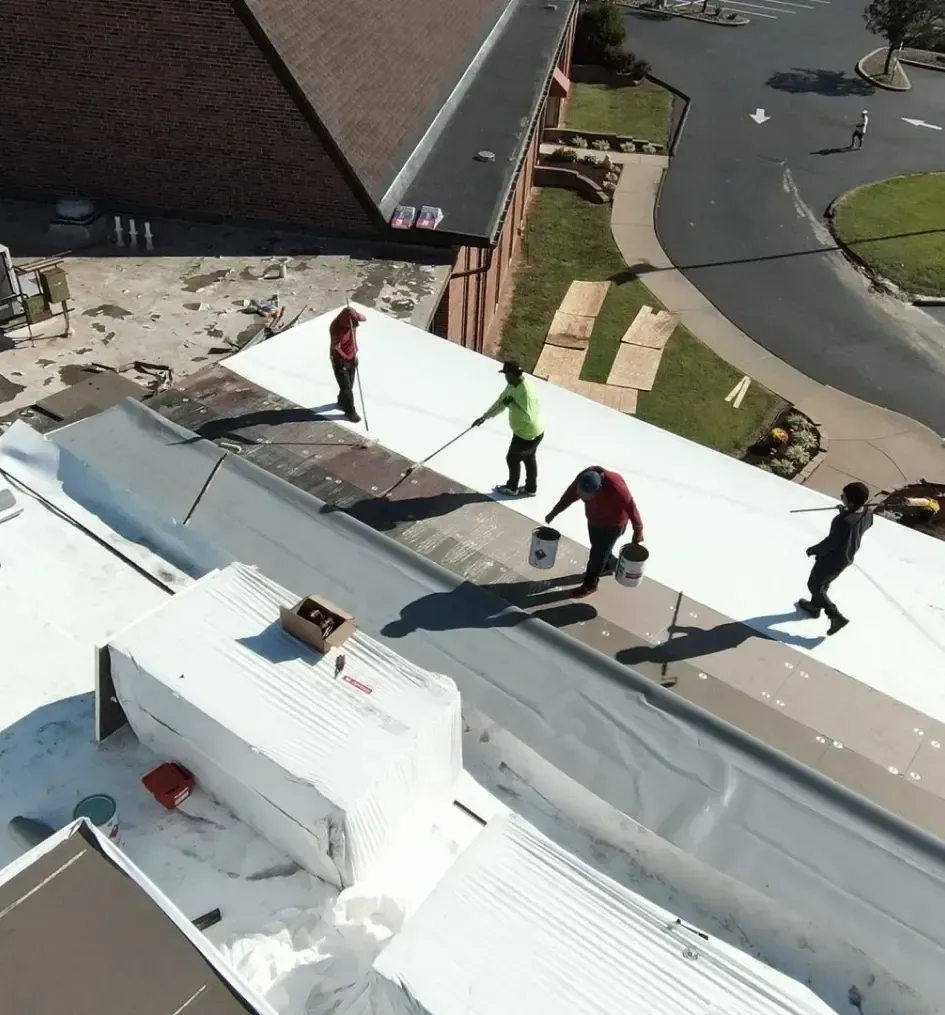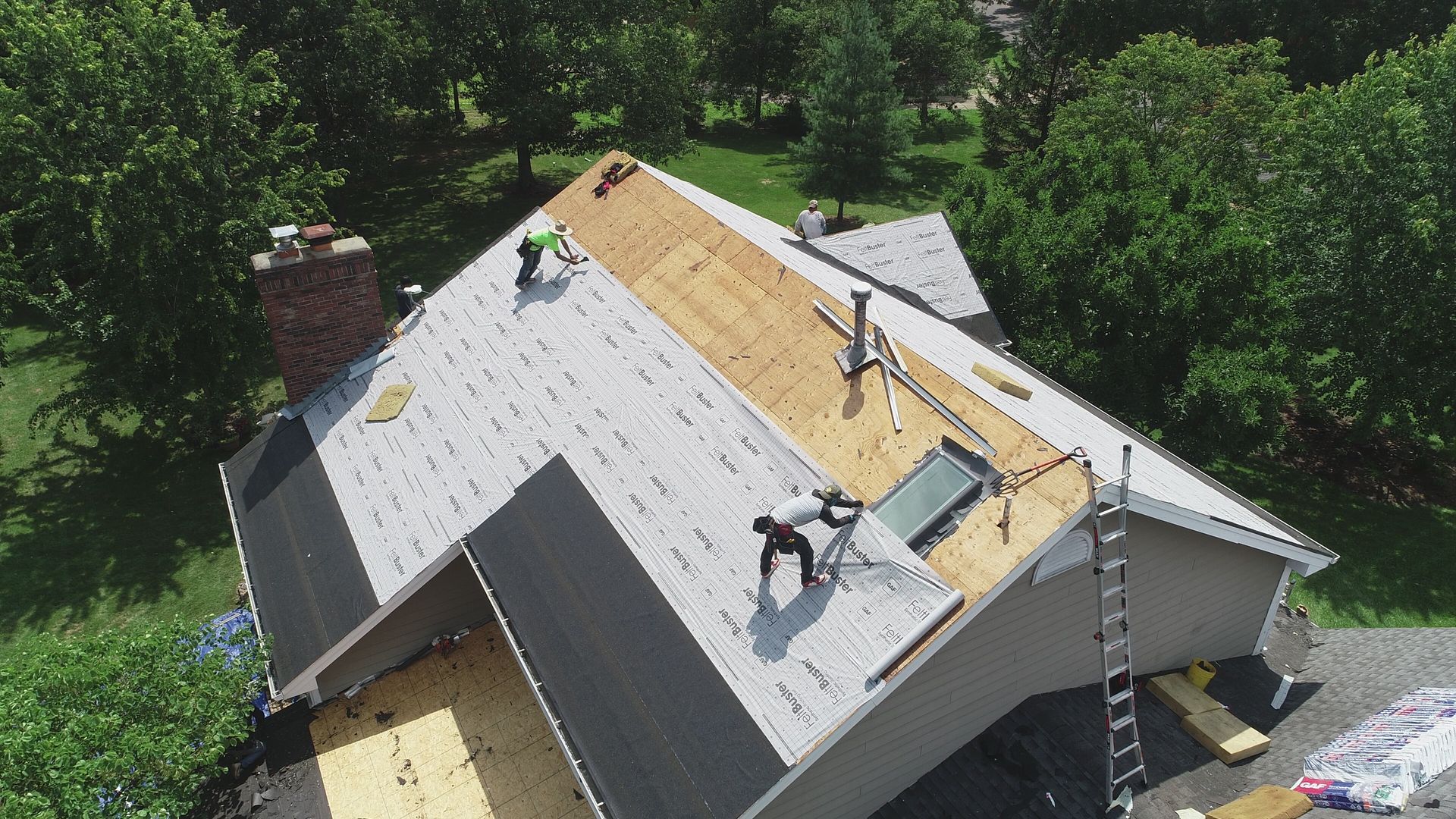How Often Should You Replace Your Roof?
Roof replacement is crucial for maintaining a safe, durable home, but it's often overlooked until problems arise. While some roofs may seem fine, hidden damage can shorten the roof's lifespan and lead to costly repairs. Factors like weather, aging materials, and poor installation all impact longevity, making regular inspections essential.
This guide covers
how often you should replace your roof, including material lifespan and early warning signs. You'll also learn why professional assessments matter and how timely action prevents bigger issues. Stay informed to protect your home and avoid unexpected roofing expenses.
Determining How Often to Replace Your Roof
The frequency of roof replacement largely depends on the material used, environmental factors, and overall care. Asphalt shingles typically last 20–30 years, while metal and tile roofs have a longer roof lifespan of 40–50 years.
Harsh weather, such as heavy storms or extreme heat, can accelerate wear, making regular inspections vital for maintaining a roof's integrity.
Don't Ignore These 7 Signs—Your Roof Might Need Replacing
Knowing the signs of a failing roof can save you from unexpected expenses and damage.
Here are the key indicators that it's time to consider a replacement, along with practical tips for keeping your roof in top shape.
1. Visible Shingle Damage
Cracked, curled, or missing shingles are common signs of roof replacement. These damages compromise protection and allow water seepage.
2. Interior Water Leaks
Water stains or signs of moisture on ceilings and walls often indicate roof damage requiring urgent attention.
3. Sagging Areas
If parts of the roof appear uneven or sagging, it's typically a sign of structural deterioration needing immediate repair.
4. Increasing Energy Bills
Rising energy costs can result from poor insulation caused by roof damage, signaling the need for replacement.
5. Granules in Gutters
Excessive roofing material in gutters suggests shingles are deteriorating and losing their protective coating.
6. Age of the Roof
Exceeding the projected roof lifespan indicates that your roof could fail soon and need replacing.
7. Storm Damage
Hail, strong winds, or heavy rain can create unseen vulnerabilities—making post-storm inspections essential.
Leave It to the Pros: Why Roofing Expertise Saves Time & Money
Attempting to manage roof issues without professional help often leads to overlooked problems and higher costs. Experts can accurately assess the condition of your roof, recommend practical solutions, and ensure all safety standards are met.
Expert Care for a Stronger, Longer-Lasting Roof
At AMP Restoration & Roofing, we offer dependable solutions to extend your roof lifespan and address signs of roof replacement before they escalate.
Our team combines years of expertise with a client-focused approach, ensuring top-notch service from inspection to complete replacement.







